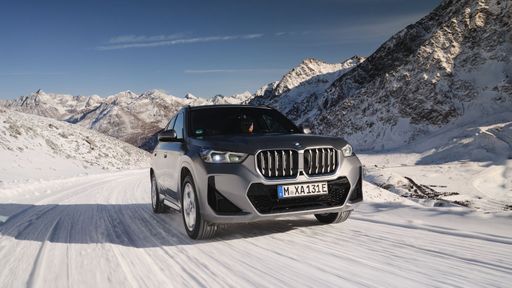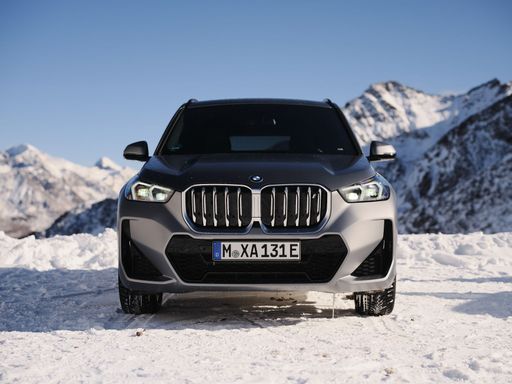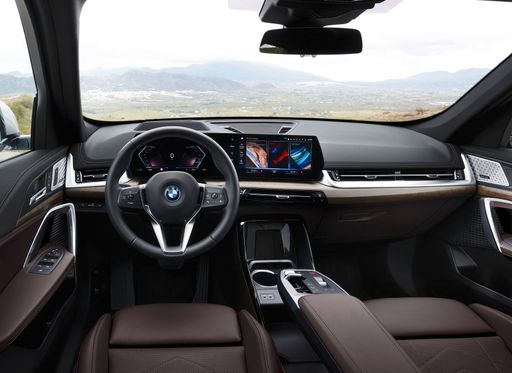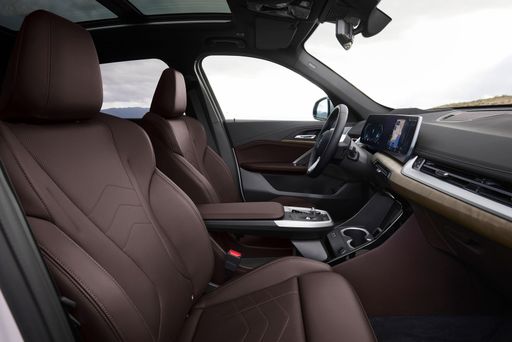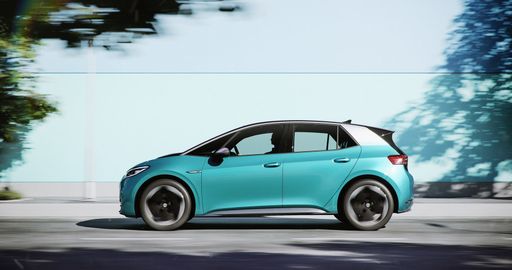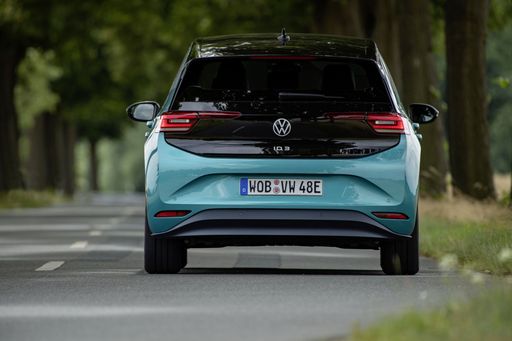The Battle of Innovation: BMW iX1 vs VW ID.3
As we move further into the era of electric mobility, automakers are showcasing their prowess with models that promise to redefine the driving experience. Two notable contenders leading this charge are the BMW iX1 and the VW ID.3. This article delves into their technical aspects, innovations, and how they stand out in the electric vehicle (EV) segment.


